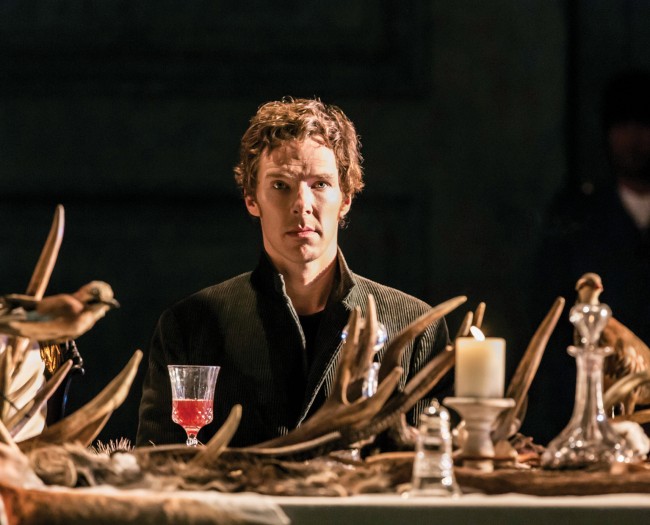Have you partaken in one of our weekly screenings of opera, ballet, theater and fine art exhibitions or would you like to know more? For a taste, check out this new trailer we’ll be running on all Laemmle screens starting Friday:
https://www.youtube.com/watch?v=sWn3qxF2XFM
You can enjoy one of these screenings every Monday evening at 7:30 and every Tuesday afternoon in far-flung corners of Los Angeles County: from the Ahrya Fine Arts in Beverly Hills, the Playhouse 7 in Pasadena, the Town Center 5 in Encino, to the Claremont 5 in, uh, Claremont and early next year we’ll likely add the long-awaited, hotly-anticipated Monica Film Center to that list. We’ll announce the early 2016 program soon but for now here’s where you can always find our Culture Vulture slate and what we’ve got coming up as 2015 draws to a close: www.laemmle.com/culturevulture. (Hot tip: those December 21 and 22 screenings of HAMLET star one of the most exciting actors of his generation, Mr. Benedict Cumberbatch. Get your tickets while they last.)



 Best of all (at least from my point of view), we’ll be screening
Best of all (at least from my point of view), we’ll be screening 